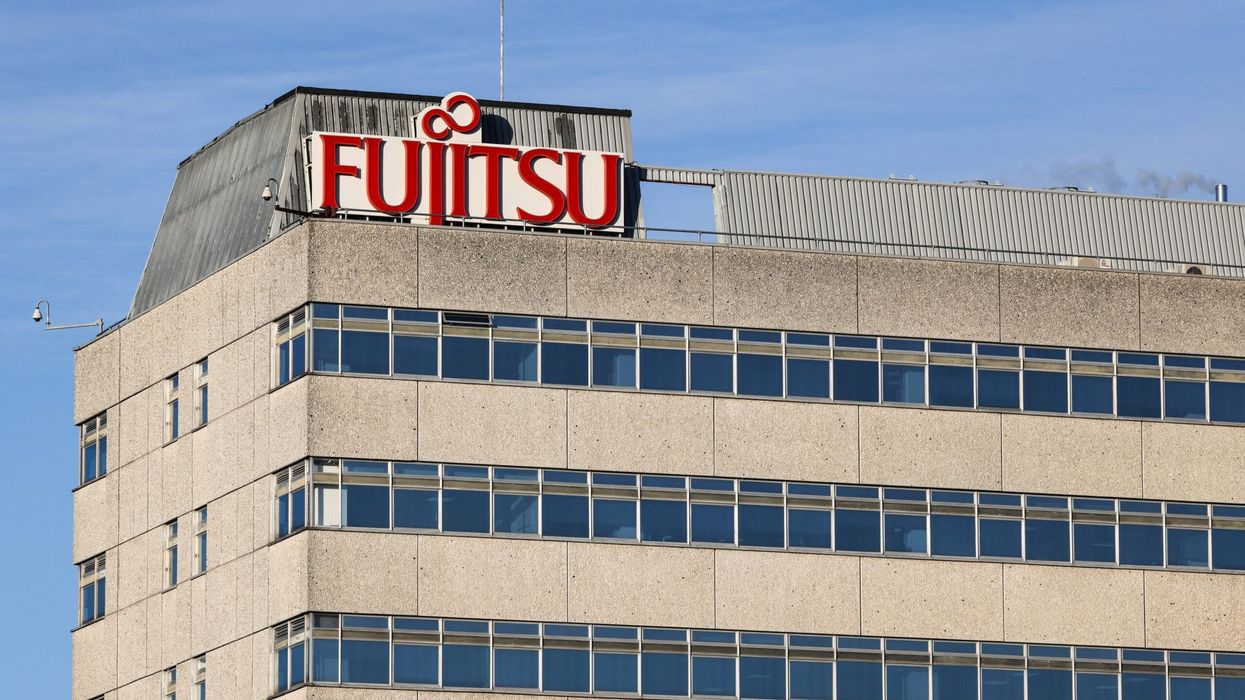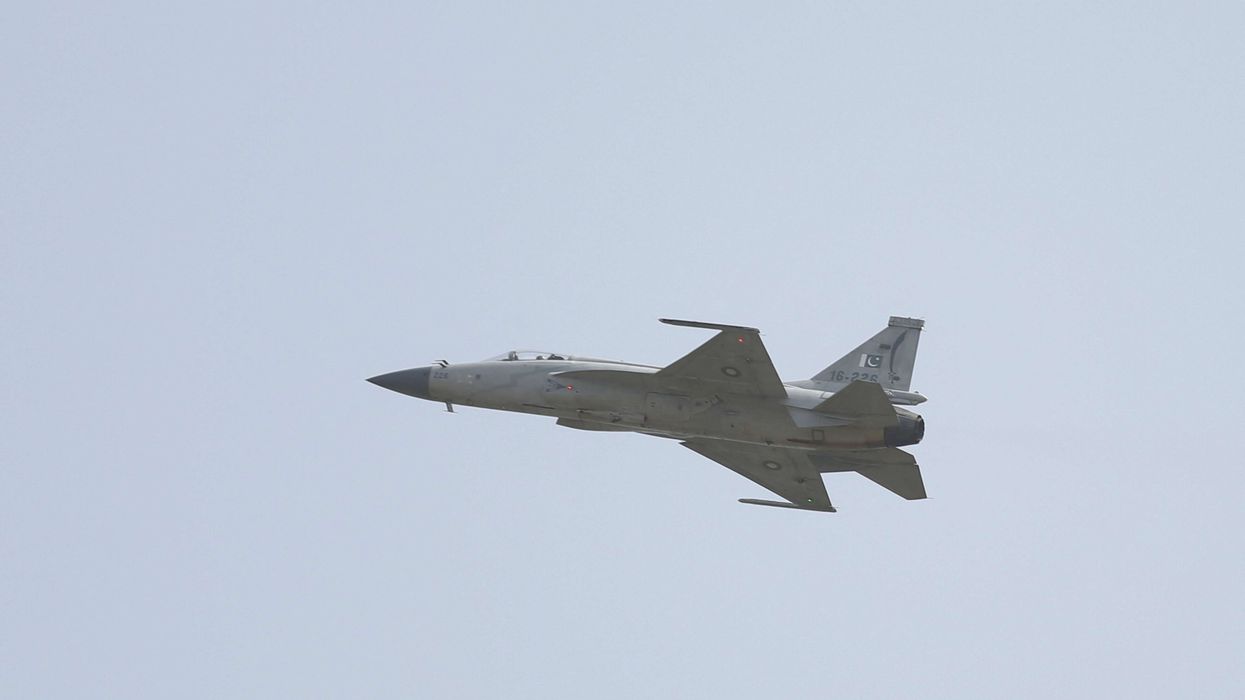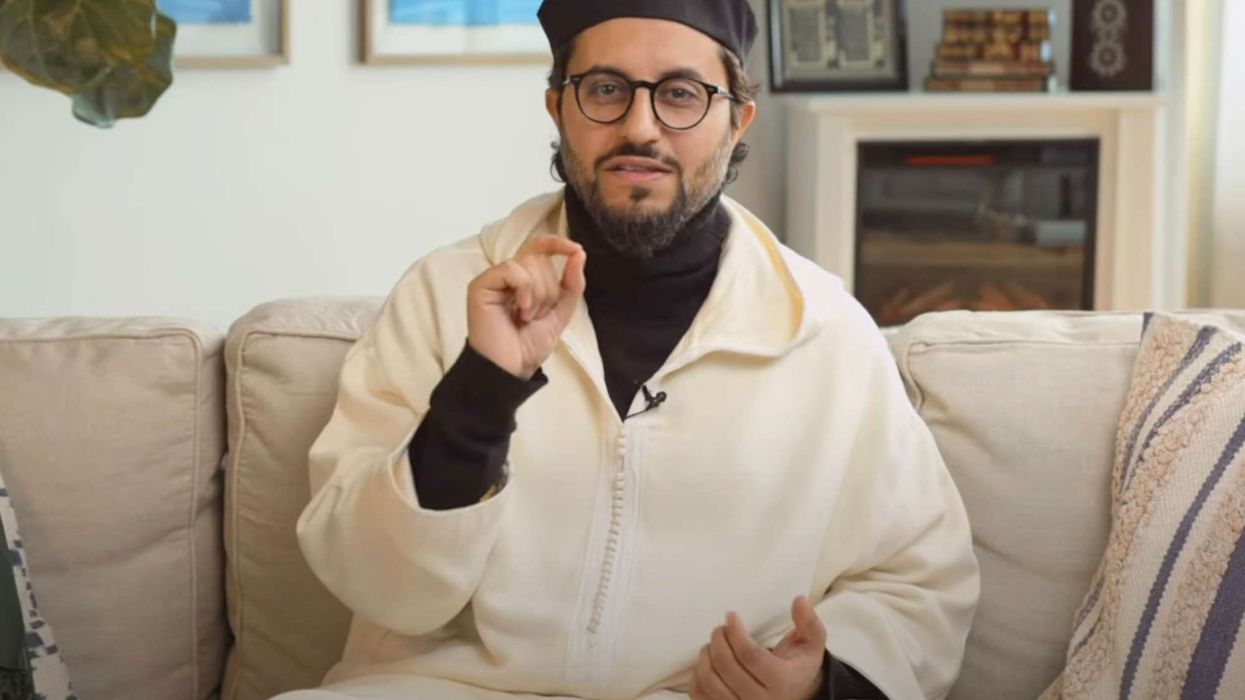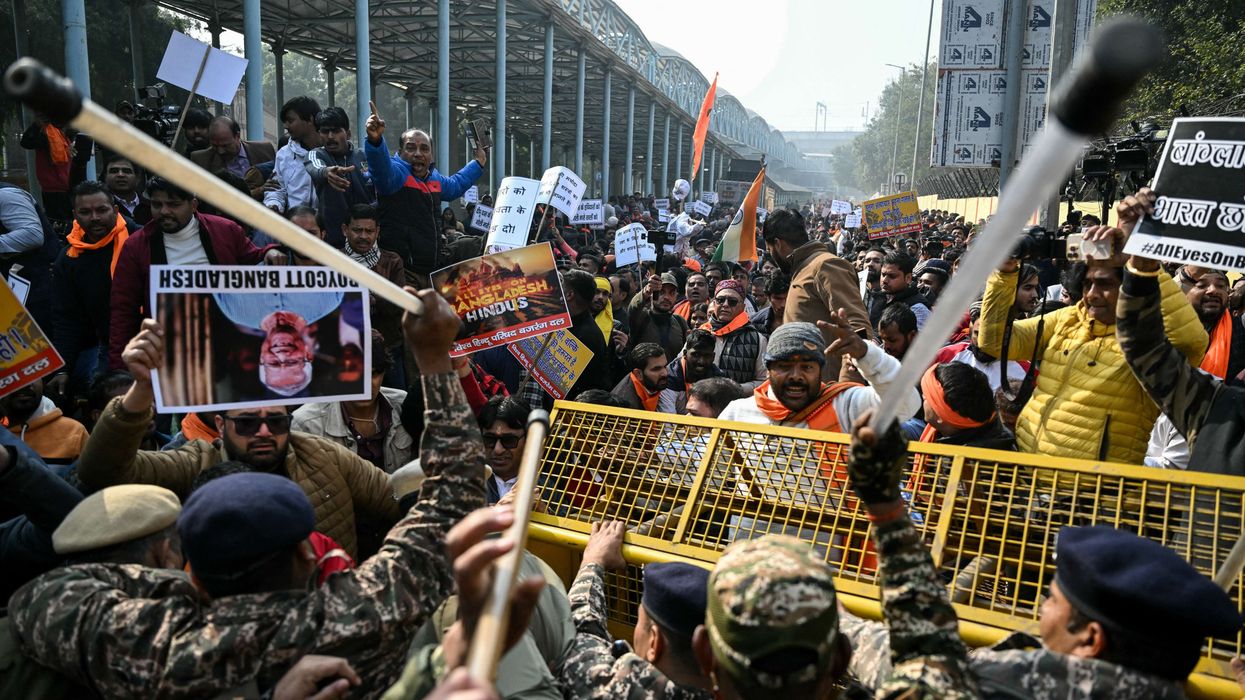World's largest steelmaker ArcelorMittal on Thursday (7) reported a net loss of $1.1 billion for the first quarter ended 31 March, 2020, amid the COVID-19 crisis. The company reported net income of $0.4 billion in the same period last year.
The net loss for the steel giant was $1.9 billion for the fourth quarter of 2019.
"The improved operating performance in the first quarter has been considerably overshadowed by the COVID-19 crisis. Faced with a significant humanitarian challenge, the company's first priority has been to take all the necessary actions to safeguard the wellbeing of our people and to provide support to the extent required in the communities in which we operate," ArcelorMittal Chairman and CEO Lakshmi N Mittal said.
"We have also moved decisively to protect the business in the face of the completely unprecedented scenario we are facing where social and economic lockdown has contributed to a significant decline in demand."
Due to low demand the company also cut production during the January-March quarter.
Mittal hopes that countries will start to announce exit strategies from the COVID-19 lockdown in this month.
“The remainder of this year will be challenging, but I am confident that ArcelorMittal has the experience and inherent resilience, to manage through these difficult times," he said.












